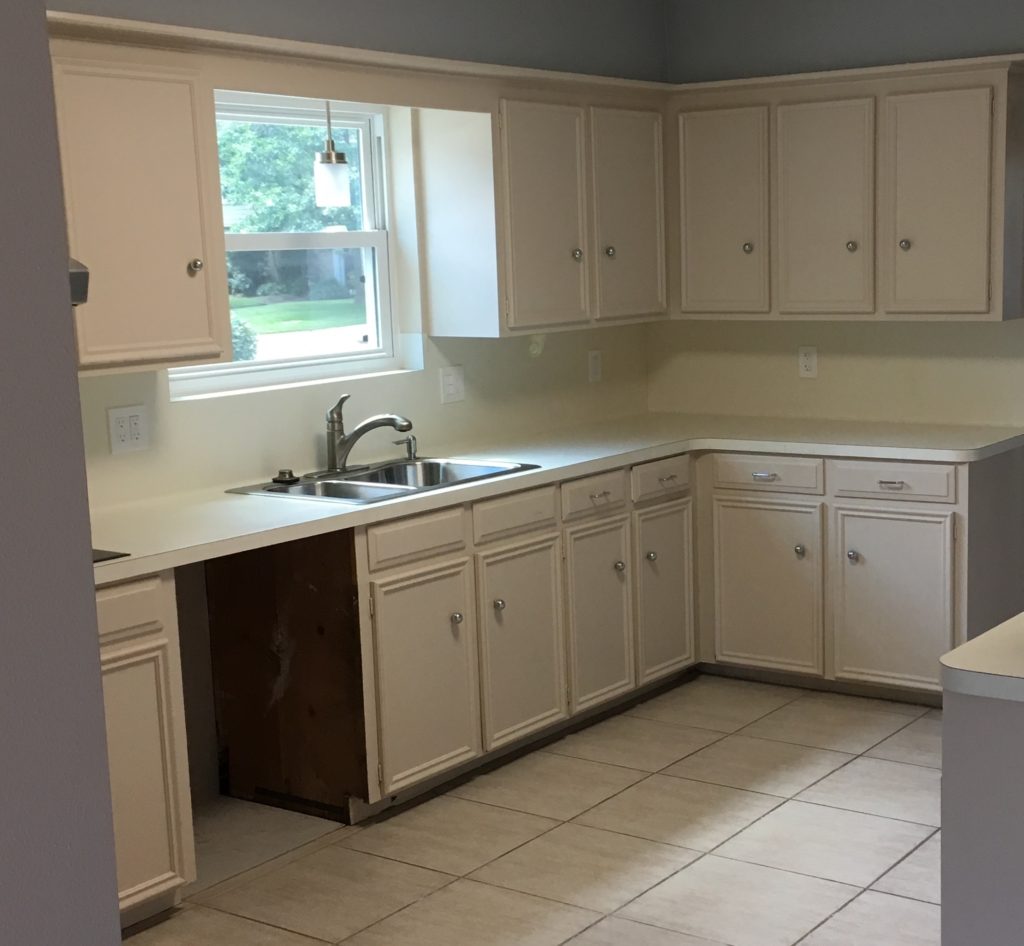WHAT IS A HOME INSPECTION?
A home inspection is a visual survey. That means the inspector will look at almost everything in and near the home. The inspector will use controls in a basic manner to determine if items are operating. The inspector will note items that are not functioning as intended, or are unsafe, as defined by the standards of practice. These are noted as “Deficient” on the report. Items that are purely cosmetic are generally ignored by the inspector and not included in the report.
The Texas Real Estate Commission (TREC) has created standards of practice for real estate inspections that must be followed by every Home Inspector licensed by the state of Texas.
These standards of practice define the minimum requirements for a real estate inspection conducted on a one to four family unit that is substantially completed. For the purposes of these standards of practice a real estate inspection:
(A) is a limited visual survey and basic performance evaluation of the systems and components of a building using normal controls that provides information regarding the general condition of a residence at the time of inspection.
(B) Is not intended to be a comprehensive investigation or exploratory probe to determine the cause or effect of deficiencies noted by the inspector; and
(C) Does not require the use of:
(i) Specialized equipment, including but not limited to: thermal imaging equipment; moisture meters; gas or carbon monoxide detection equipment; environmental testing equipment and devices; elevation determination devices; or ladders capable of reaching surfaces over one story above ground surfaces; or
(ii) Specialized procedures, including but not limited to: environmental testing; elevation measurement; calculations; or any method employing destructive testing that damages otherwise sound materials or finishes.
(D) These standards of practice do not prohibit an inspector from providing a higher level of inspection performance than required by these standards of practice or from inspecting components and systems in addition to those listed under the standards of practice.
That’s a lot of words, right?
That’s only the beginning. The full list can be found at https://www.trec.texas.gov/agency-information/rules-and-laws/trec-rules, sections 535.227 – 535.233.
A stove that does not operate? Deficient. A window that doesn’t open? Deficient. Uneven stairs? Deficient. Crayon marks on the wall? Cosmetic only, not noted on report.
Major concerns for most home buyers are foundations and roofs. The inspector is required by the standards of practice to provide a written opinion regarding the performance of the foundation. It is important to be aware that a foundation system, or any other system, may have Deficiencies and may still be noted “performing as intended.”
A home inspector is a generalist: knowledgeable to a certain extent about a lot of things in the home, but not an expert in any one particular area. A home inspection report will likely include one or more recommendations for further evaluation by specialists.
Do I need to fix everything listed in the report?
No one is required to make any repairs or modifications based on the home inspection and the report. This is information given to the Client by the inspector. The Client should discuss options with their real estate agent.
A home inspector does not “Pass” or “Fail” a house. A home inspector provides facts and unbiased professional opinions to help you make decisions in your own best interest.
CONTACT US now to see how we can help you!

